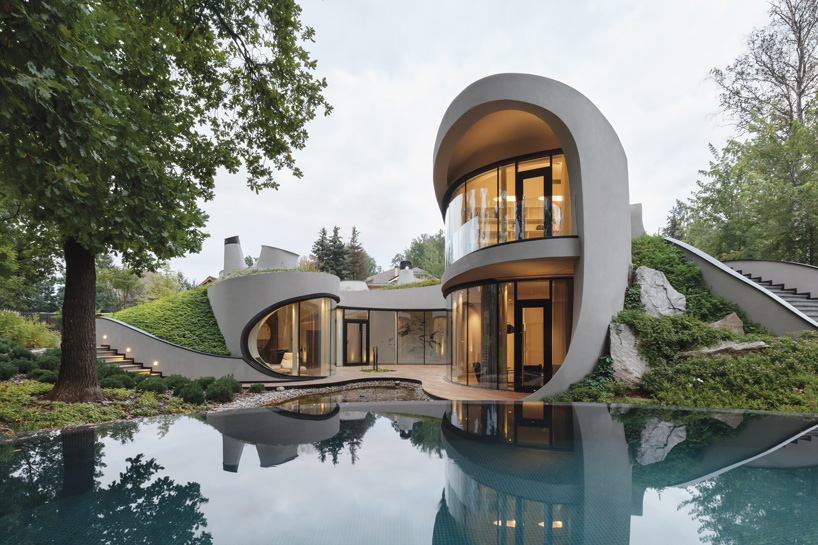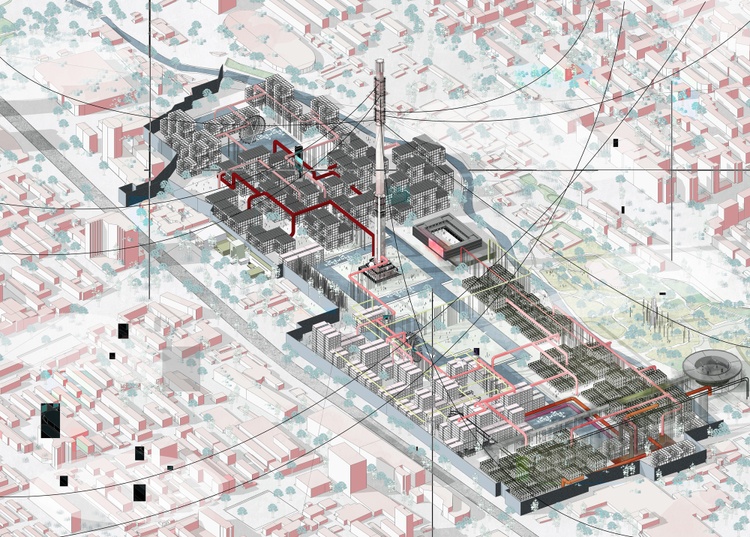The Impact of Technical Developments on the Design Practices of Contemporary Architects
The quick evolution of technical tools has substantially reshaped the layout landscape for modern designers, fostering unprecedented degrees of development and sustainability. Exploring these dynamics exposes a nuanced interaction between innovation and traditional design approaches, motivating a better assessment of what the future holds for building practices.
Evolution of Architectural Tools
Just how have architectural tools transformed the style and building and construction processes over the centuries? The advancement of architectural tools has actually dramatically influenced the efficiency, precision, and imagination of style and building and construction. In old times, engineers depend on rudimentary instruments such as plumb bobs, measuring poles, and fundamental geometry to create structures. These tools laid the structure for early building method, permitting the building of legendary structures, albeit with constraints in accuracy and intricacy.
With the advent of the Renaissance, the introduction of the compass and the protractor noted a pivotal shift. These devices allowed engineers to attain higher precision in their designs, facilitating the development of more complex and proportional buildings. The Industrial Transformation even more changed architectural experiment the introduction of mechanized devices and materials, permitting larger and extra ambitious jobs.
In the 20th century, the development of computer-aided layout (CAD) software application transformed the landscape once more, providing architects with unmatched abilities in modeling and visualization. Today, progressed devices such as Building Details Modeling (BIM) and parametric layout software application remain to push the borders of architectural advancement, allowing an extra integrated approach to design and building processes.
Boosted Cooperation in Layout
As modern technology remains to develop, improved collaboration in design has actually become a cornerstone of modern-day architectural method. The combination of electronic tools such as Building Details Modeling (BIM), cloud-based platforms, and advanced visualization software has actually changed the way designers, designers, and stakeholders communicate throughout the design process. These tools facilitate real-time interaction, permitting teams to share concepts, modifications, and feedback quickly, despite geographical location.

Furthermore, interdisciplinary cooperation has been structured via these technical advancements, making it possible for architects to function extra closely with other specialists, such as metropolitan organizers and ecological professionals. The result is a more natural strategy to develop that takes into consideration different viewpoints and experience. Ultimately, boosted collaboration in style is not merely a trend; it is important for developing ingenious, useful, and aesthetically pleasing style in a progressively complex globe.
Sustainability Through Modern Technology
Sustainability in architecture has increasingly become intertwined with technical development, driving the market toward ecologically accountable practices - cda architects. Contemporary engineers are leveraging sophisticated technologies to reduce ecological influence while improving the performance of structures. One famous instance is using Building Information Modeling (BIM), which enables for exact planning and website link source allowance, reducing waste during construction and advertising power effectiveness throughout a structure's lifecycle
Moreover, wise materials and energy-efficient systems are being integrated into styles to maximize source use. Technologies such as solar batteries and green roof covering systems harness eco-friendly power sources, adding to decreased carbon impacts. Furthermore, the application of expert system in layout processes enables engineers to mimic and analyze power usage, leading choices towards more sustainable end results.
The assimilation of sustainable innovations not only lines up with international environmental objectives but also meets an increasing demand from customers for eco-friendly solutions. As architects accept these technologies, the focus moves towards producing rooms that are not just visually pleasing but also functionally sustainable, thus redefining the criteria of modern architecture. This way, modern technology serves as a catalyst for sustainability, enabling designers to create buildings that regard and enhance the native environment.
Challenges in Implementation
While technological developments in design hold terrific guarantee for improving sustainability, their application commonly encounters considerable obstacles - cda architects. One main barrier is the steep learning curve associated with brand-new technologies. Architects and building experts may require substantial training to efficiently use innovative software program and tools, which can postpone task timelines and boost costs
Furthermore, the combination of arising modern technologies, such as Structure Information Modeling (BIM) and lasting products, usually necessitates additional info partnership throughout multidisciplinary teams. This cooperation can be hindered by differences in proficiency, process, and interaction styles, causing possible conflicts and inefficiencies.
Financial constraints further make complex the adoption of ingenious innovations. Lots of architectural firms, specifically smaller ones, might do not have the resources to buy sophisticated devices, limiting their capability to complete with article source larger companies that can afford such investments.
Moreover, governing structures and building ordinance might not keep speed with technological improvements, producing ambiguity and possible conformity issues. This difficulty can discourage designers from totally embracing new technologies, as the risk of non-compliance may surpass the advantages. Therefore, resolving these application obstacles is essential for the successful assimilation of technological improvements in modern building practices.
Future Trends in Design
The difficulties connected with the application of brand-new innovations in style have triggered a reevaluation of future patterns within the industry. As engineers browse issues such as sustainability, urbanization, and social equity, they are progressively taking on cutting-edge modern technologies to enhance layout effectiveness and ecological efficiency.
One popular trend is the integration of fabricated intelligence (AI) in the style procedure. AI tools can assess substantial datasets to notify style choices, improving both creative thinking and capability. Building Info Modeling (BIM) proceeds to develop, enabling real-time cooperation among stakeholders and assisting in structured project administration.
Lasting style methods are also obtaining energy, with designers concentrating on flexible reuse and regenerative style principles that lessen source usage and waste. The unification of smart products and eco-friendly energy resources will certainly better enhance the resilience of buildings when faced with climate modification.

Final Thought
Technical advancements have dramatically reshaped architectural design practices, helping with enhanced precision, partnership, and sustainability. The combination of devices such as Structure Information Modeling and parametric layout software program, together with artificial intelligence and smart products, empowers engineers to resolve complicated obstacles extra efficiently.